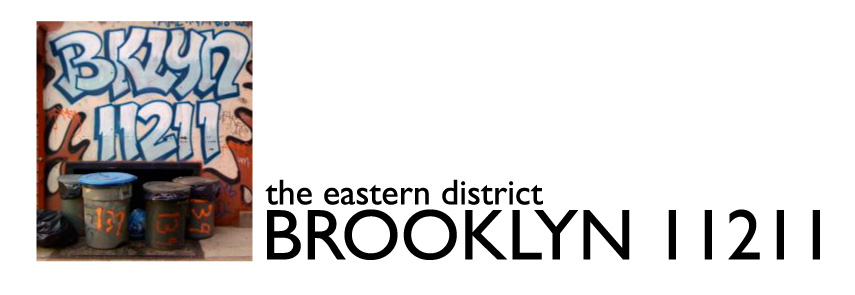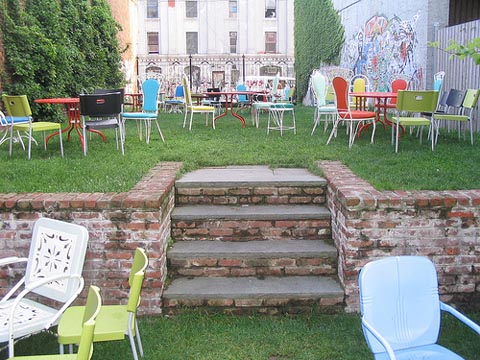The most recent newsletter of the Center for an Urban Future has an article [that’s a pdf] by Steve Hindy, the founder of Brooklyn Brewery, bemoaning the plight of small manufacturers like his. As Hindy points out, the squeeze of rezonings, gentrification and legal non-manufacturing uses in manufacturing zones (such as hotels) is driving up rents to the point that many manufacturers can’t afford New York any more.
This is about more than beer. It is having an impact on our parks and open space (both the MTA and CitiStorage are having trouble finding places to move to, and until they move, Barge Park and Bushwick Inlet Park can’t be completed). Its also having an impact on affordable housing (part of the MTA is one of the city-owned sites slated for new affordable housing). Most importantly, it has an impact on jobs – good paying jobs with benefits. For all the promise of new jobs to come from the rezoning, most of those are temporary construction-related jobs or low-paying service sector jobs. The jobs provided by light industry have supported many Williamsburg and Greenpoint residents for generations, but they are for the most part a thing of the past. The new wave is Ikea, Whole Foods and Duane Reade.
Despite claims of its demise, New York City (Brooklyn in particular) has a thriving manufacturing sector. Its not the leviathan of past centuries, or even of the years immediately after World War II. And its not the traditional sectors we nostalgically think of. It is lighter industry, industry that often benefits from a close proximity to the city, such as food processing, set construction and custom woodworking. Its also specialty manufacturers like Brooklyn Brewery, Aurora Lampworks or IceStone. Industrial enclaves such as the Brooklyn Navy Yard or GMDC have waiting lists for new tenants. This is not the industrial base of your grandparents, it is one that lives more easily with mixed residential and commercial uses.



